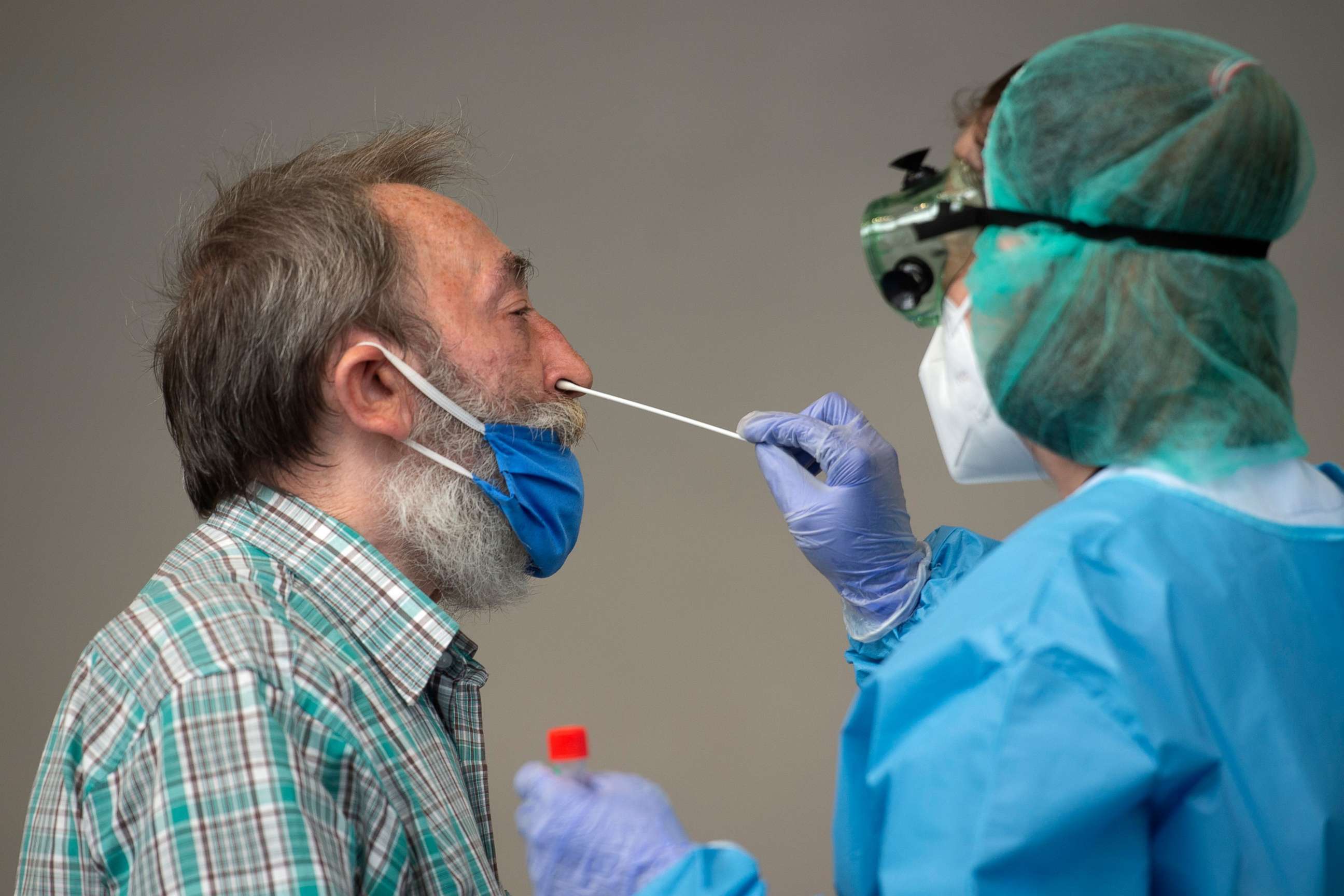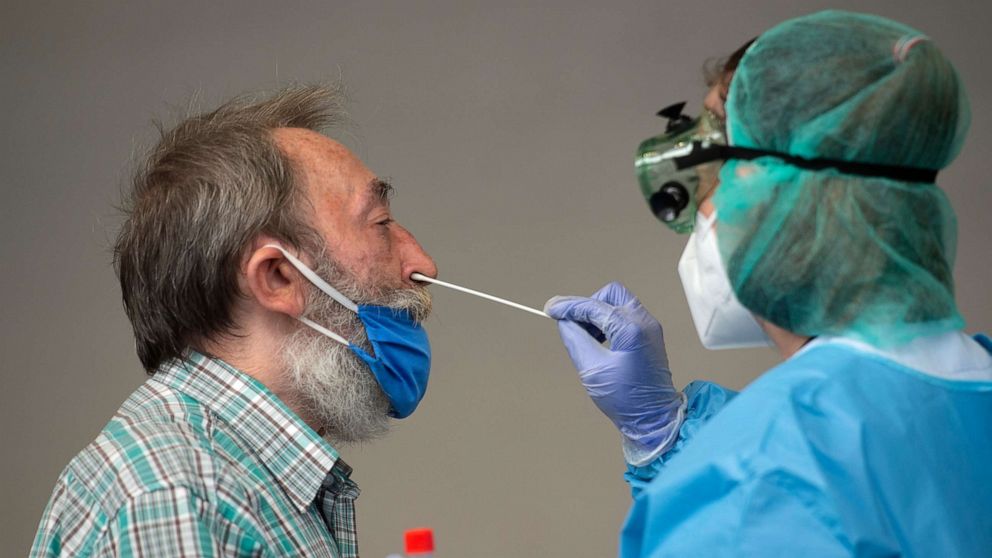5 lasting changes from the COVID-19 pandemic
COVID-19 has completely changed life, and while many hope those changes are temporary, the pandemic has unearthed weaknesses in the status quo. After every major crisis, humanity is forced to identify those weaknesses and evolve accordingly. The 2020 pandemic, in its aftermath, is set to change life for a very long time. Here are five fundamental ways.
1. Employment: More automation
The pandemic has helped identify work roles that can be downsized or replaced with technology as a technique to mitigate infection risk while retaining productivity.
“Online [ordering] has become the lifeline both for consumers looking for products [and] also for retailers looking for cash,” says Marc-André Kamel, who leads Bain's Global Retail practice. A survey by McKinsey & Company showed that more Americans expect to make their purchases online post-COVID-19 compared to pre-pandemic, with 30-49% of people expecting to increase their online grocery shopping. Naturally, this will result in a decrease in man hours required of certain jobs, such as cashiers in companies with an electronic ordering option.
However, with this problem comes a solution: retraining. Companies are currently not hiring at prior rates and unemployment rates in the U.S. are high at 10.2%, as of July 2020. Companies like Linkedin and Shaw Academy are offering skill-based virtual training to help prospective employees find appropriate alternative positions.
2. Health care: Increased telemedicine
There's been an explosion of mental health issues during the pandemic from isolation and the transition back to normal life. Compared to 2019, depression and anxiety rates have increased by over three-fold.
Patients are seeking online therapy options, as seen in Google search trends. There are a number of companies like Genoa Telepsychiatry and BetterHelp that offer these services, which are likely to have even higher utilization rates in the future. Because the doctor/therapist-patient relationship is rooted in personal connection, there may be a role in virtual reality-based telepsychiatry options in the future if patient mobility or travel becomes an issue.
However, telemedicine applies to more than just psychiatry. While the physical exam remains an important aspect of medical visits, many medical issues can be diagnosed and managed virtually. This is clearly evident in the growth in companies like Teladoc, whose Q2 revenue grew by 85% and total visits increased by 203% this year with the pandemic. Since virtual doctor visits reduce wait times, transport issues and individual mobility concerns, telemedicine is likely to be increasingly incorporated into routine medical care.
3. Travel: Stricter precautions
The pandemic spread so effectively because of the degree of globalization and ease of travel. While travel restrictions are now particularly stringent, with partial capacity planes and masking requirements, it is likely that certain preventative protocols will be in place moving forward. The airline industry lost over $30 billion during the pandemic so far. While precautions like partial capacity flights may be financially unsustainable in the long-term, other interventions like encouraging universal masking are a simple precaution to minimize the easy spread of disease.
And a report by McKinsey & Company notes that hotels will perform more thorough sterilization tactics, incorporate no-touch elements and more stringent limitations in overcrowding -- operational changes likely to persist after the pandemic ends.

4. Education: Virtual curriculum will grow
Education systems have been hit particularly hard due the pandemic with home school and virtual curriculum options becoming more accepted in recent times. Companies like Khan Academy, Coursera, and Byju’s have helped students receive quality virtual education. While primarily used as a supplement to formal in-person education, public familiarity with these resources has increased. Post-pandemic, it is likely that these virtual education resources will continue to be used, as high quality virtual curricula like these can help bridge differences in the quality of public school education and help students reach their potential. The World Economic Forum sees these changes as global and long-lasting, given the educational disparities present and the growing ubiquity of internet access and mobile data.
However, it is important to recognize that the virtual curriculum will not be a replacement for an in-class curriculum. The CDC recognizes that "routine in-person contacts provide opportunities to facilitate social-emotional development that are difficult, if not impossible, to replicate through distance learning." To ensure that children grow into well-adjusted people and not just good learners, social interaction is key. As such, a virtual curriculum has great value as a supplemental educational resource to help bolster student learning, but is unlikely to be adopted as the new standard of public education, at least in the near future.
5. Job Staffing: Increasing work-from-home options
The pandemic forced individuals and businesses around the world to shift to working remotely using multiple services, such as Zoom, Skype, Slack, Microsoft Office Suite, and G-Suite applications.The transition is forcing companies to reevaluate their long-term staffing needs.
By continuing to allow work-from-home, a company can reduce infrastructure costs by leasing smaller workspaces, setting up headquarters in lower tax states, and by coordinating a workforce across multiple time zones to maximize daily workflow. Moreover, the benefits of work-from-home are attractive, including increased schedule flexibility and reduced strains with family.
These positive characteristics will need to be offered in a balanced manner to avoid the issues rising from the work-from-home culture, such as loneliness and a reduced sense of comaraderie and company culture. In a global study, over 40% of people who are working from home said their mental health has declined since the COVID-19 outbreak, which may reduce productivity and result in employee turnover. The key is to find the appropriate balance. Regardless, it is clear that work-from-home will be a more prominent option moving forward for employees compared to pre-pandemic policies.
Vinayak Kumar, MD/MBA is a resident physician at the Mayo Clinic in Rochester, MN and a former member of the ABC News Medical Unit who has written multiple online articles on the COVID-19 pandemic with ABC News. Ram Prasad Modalavalasa is a cloud systems engineer and COO of the telemedicine company E-Health Now.




